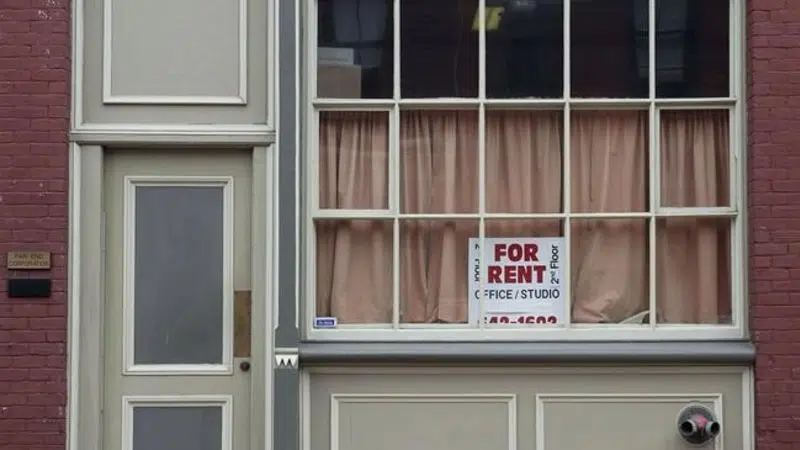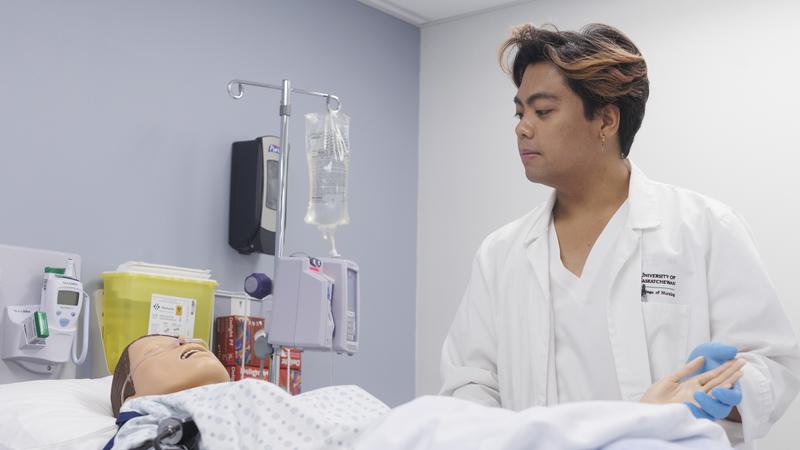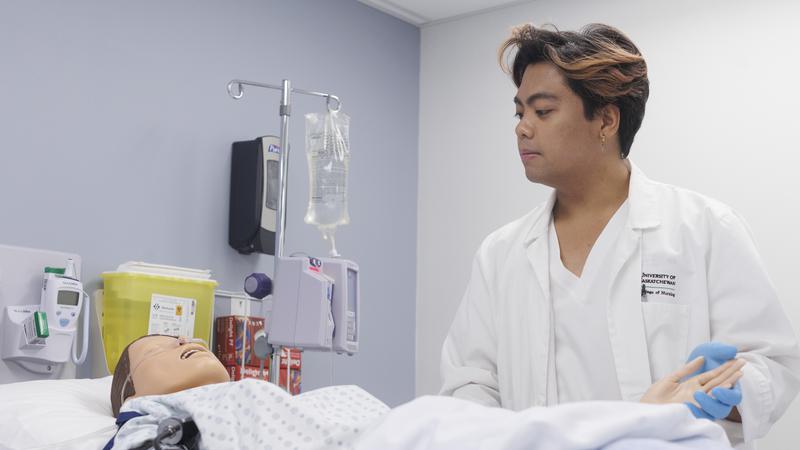
Blood found ‘in all directions’ in Richard Oland’s office, expert testifies
SAINT JOHN, N.B. — Richard Oland’s final moments as he was bludgeoned to death in his office are being traced in court through the patterns of bloodstains and spatter that radiated around his body.
RCMP Sgt. Brian Wentzell, a forensic bloodstain expert, is taking the murder trial of his son, Dennis Oland, through a detailed analysis of the trajectory of blood as the multimillionaire businessman was killed by repeated blows.
Wentzell said Thursday blood “radiated in all directions,” with some spatter landing more than two metres from the body.


